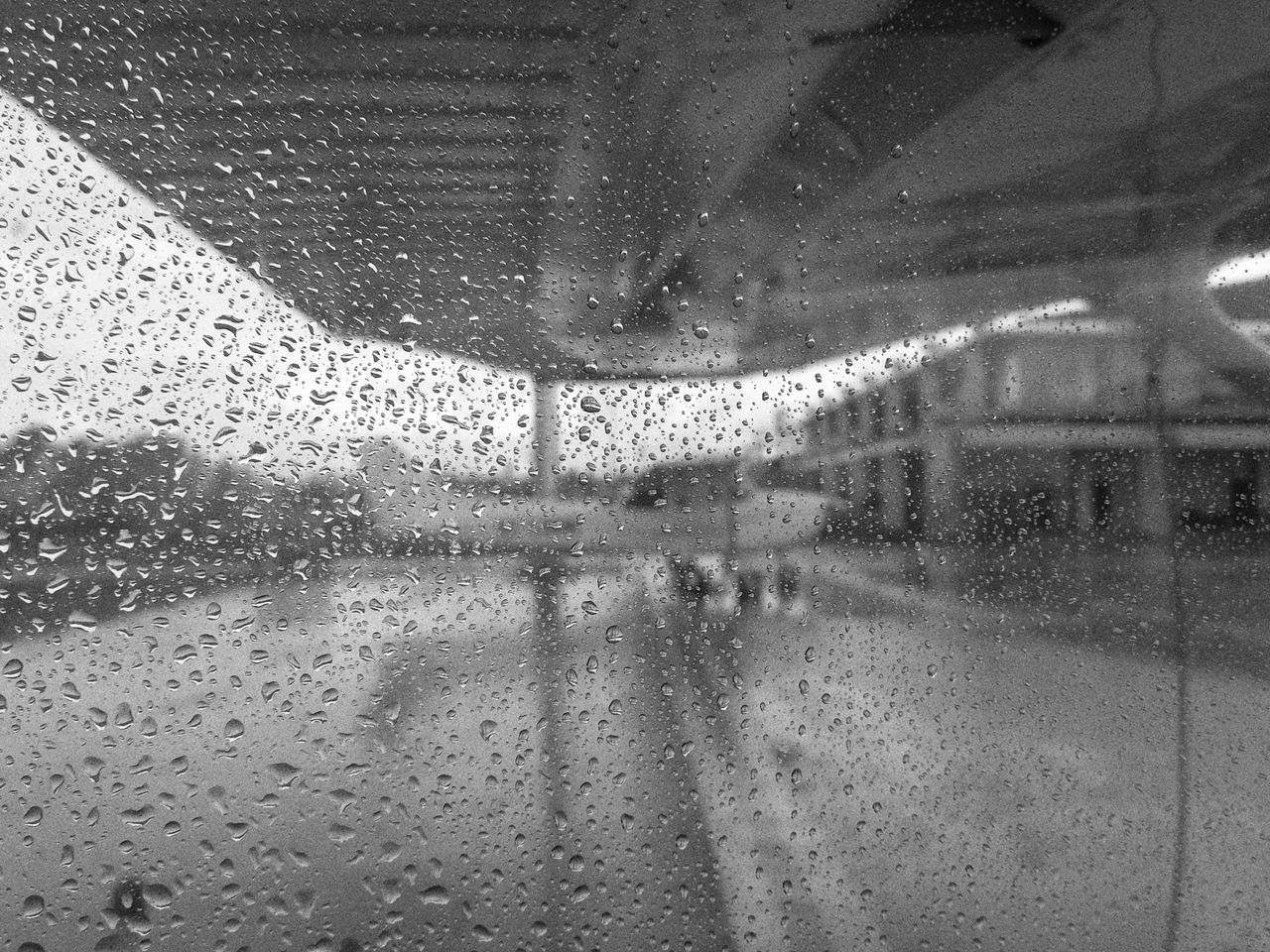
Skydiving is an exhilarating experience, offering unparalleled views and an unmatched rush of adrenaline. However, when it comes to skydiving in less-than-ideal weather conditions, particularly in the rain, many enthusiasts and first-timers alike are left wondering about the feasibility and safety of such an endeavor. This article aims to shed light on the realities of skydiving in rainy conditions.
Skydiving in light rain is possible but not generally recommended due to safety concerns and reduced enjoyment.
Safety concerns include reduced visibility, uncomfortable and potentially dangerous landings, and potential equipment issues that can affect parachute performance.
It's crucial to consult with experienced instructors and follow local regulations. Drop zones often have specific weather policies in place for safety.
Weather forecasts play a significant role in planning a safe skydiving experience. Key factors to monitor include precipitation, visibility, wind conditions, and temperature.
You can prepare for your jumps with Sonuby Weather, a specialized forecasting tool designed for skydivers that provides detailed weather parameters globally.
One of the primary concerns with skydiving in the rain is visibility. Rain can significantly reduce visibility for both the skydiver and the pilot, making navigation and landing more difficult. In addition, at the high velocities experienced during freefall, raindrops can be quite painful, similar to being pelted with tiny pebbles.
Another aspect to consider is landing. Wet conditions can make landings slippery and difficult, increasing the risk of injury. In addition, skydiving equipment, especially the parachute, may not perform optimally when wet. Moisture can affect the aerodynamics and weight of the fabric, potentially leading to unpredictable behavior.
Skydiving in the rain can detract from the overall experience. The thrill of skydiving is often accompanied by the enjoyment of clear, expansive views that are likely to be obscured in rainy conditions. In addition, the discomfort of being wet and cold can detract from the overall enjoyment of the jump.
Skydiving operations are subject to various regulations and safety standards that may prohibit jumps in certain weather conditions, including heavy rain. Drop zones and skydiving centers often have specific policies regarding weather conditions, prioritizing the safety of both skydivers and staff.
When planning a skydiving trip, keeping a close eye on the weather forecast is crucial. Here are key elements to look out for:
As crucial as the weather is to skydiving, having a reliable weather forecasting tool is key. This is where Sonuby Weather excels. Designed for skydivers, it provides a detailed daily overview of all essential weather parameters from above: precipitation, visibility, wind conditions and temperature.
What makes Sonuby Weather special is its global coverage. You can plan jumps anywhere in the world, with forecasts tailored specifically for skydiving. Its user-friendly interface makes understanding weather conditions easy and efficient.
Sonuby Weather is an invaluable tool for skydivers. It simplifies the process of assessing weather conditions, ensuring you’re well informed and ready for a safe, enjoyable jump.
You can download it for free for both iOS and Android.
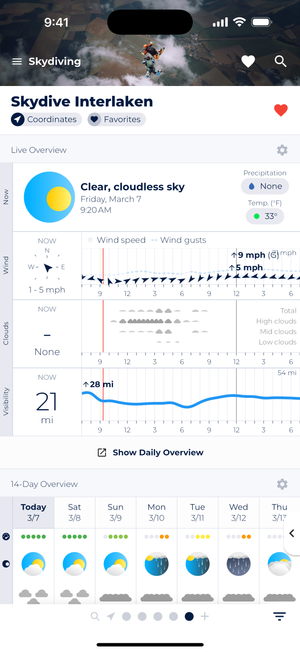
Quickly check if conditions are good for your next jump with the Live Overview and the 14-Day Overview.
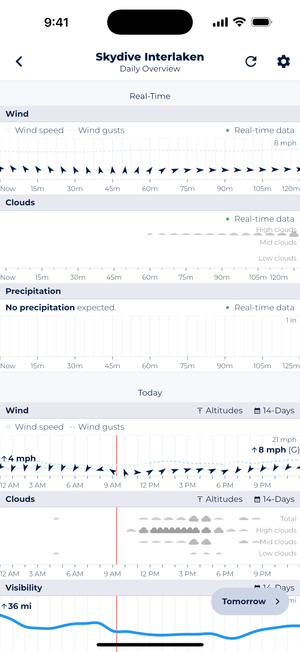
Daily Overview allows you to drill down to specific days and review conditions for specific days.
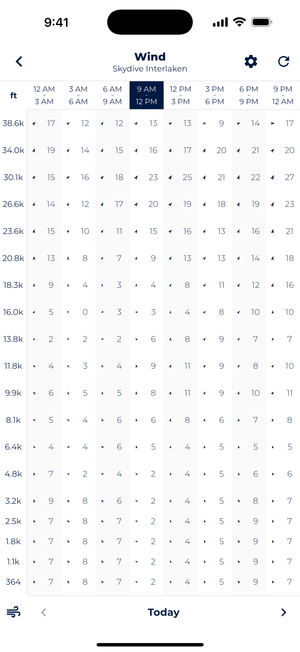
Altitude forecasts for wind, clouds, and temperature allow you to further prepare for your jumps.
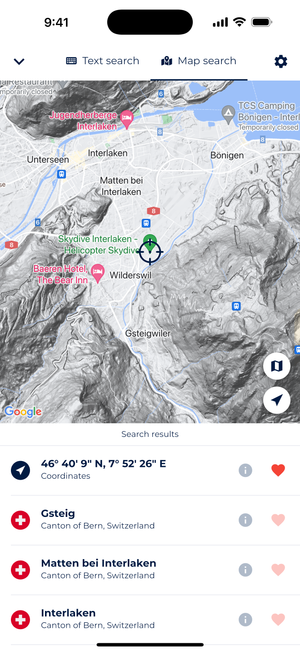
Map Search allows you to point to any drop zone on the face of the earth and see forecasts for it.
While skydiving in light rain is not impossible, it comes with increased risks and a potentially diminished experience. It’s essential to consult with experienced instructors and skydiving centers to make informed decisions. Ultimately, clear and calm weather conditions not only ensure a safer experience but also enhance the overall enjoyment of the skydiving adventure. Remember, safety and enjoyment should always be the top priorities when planning your skydiving experience.